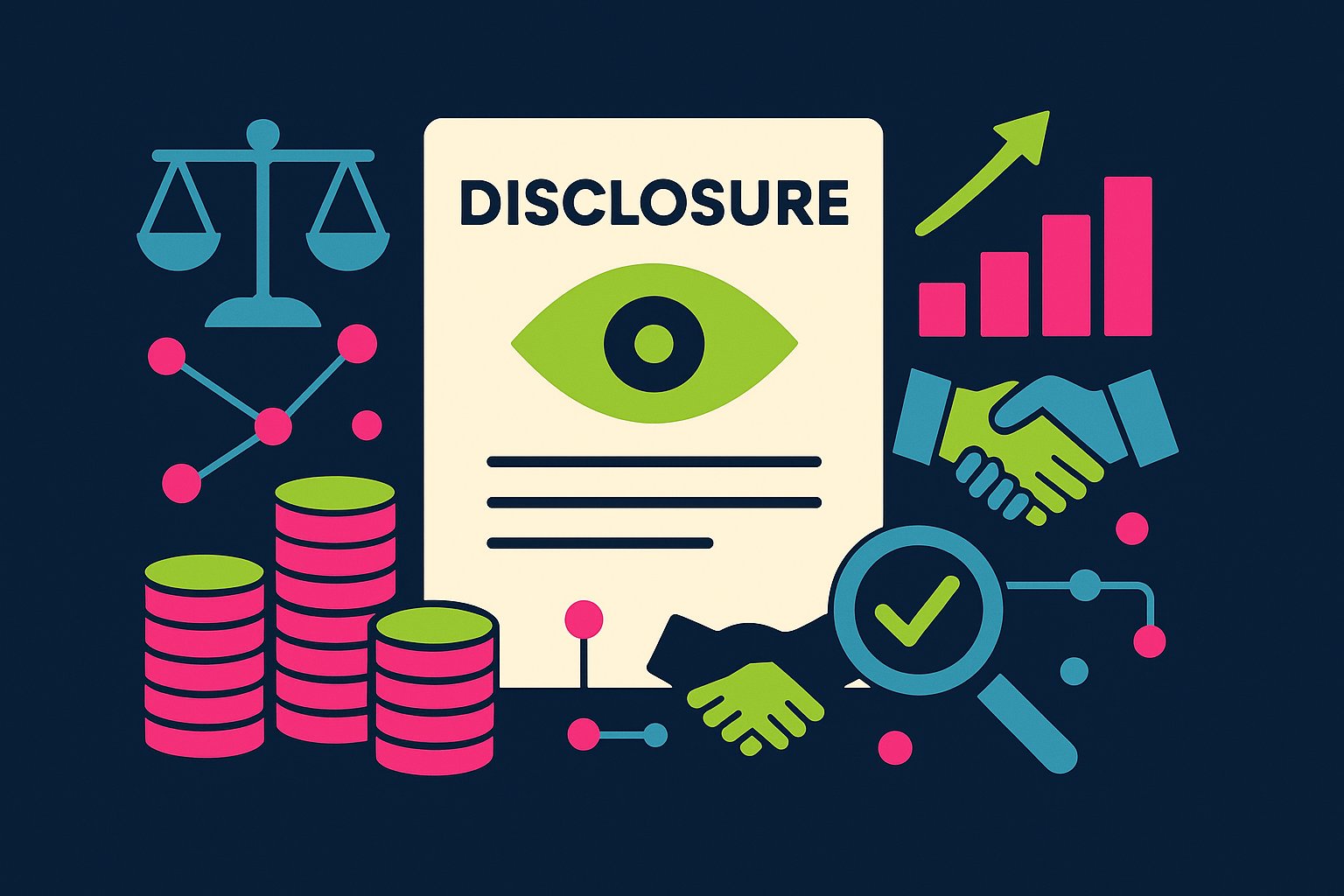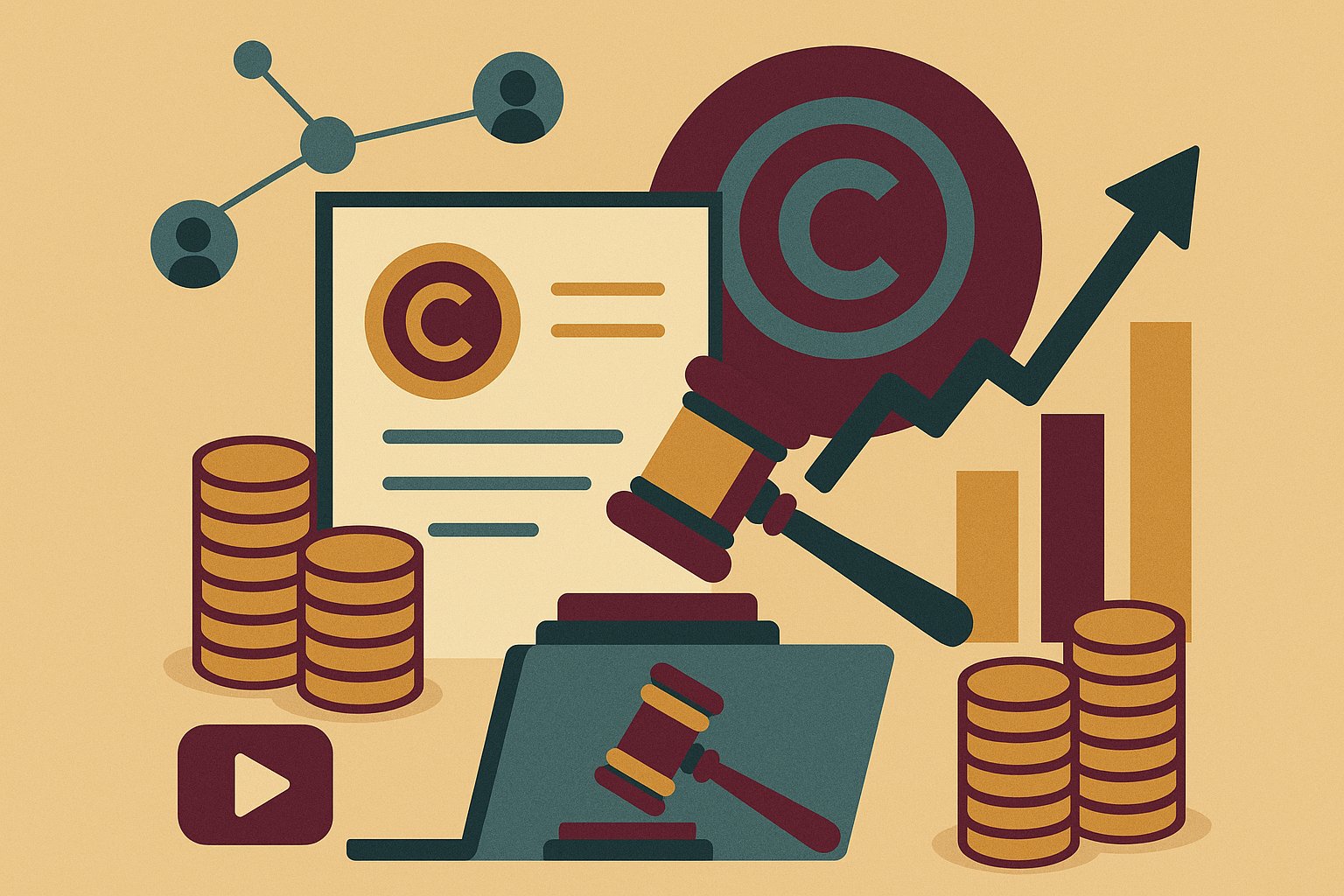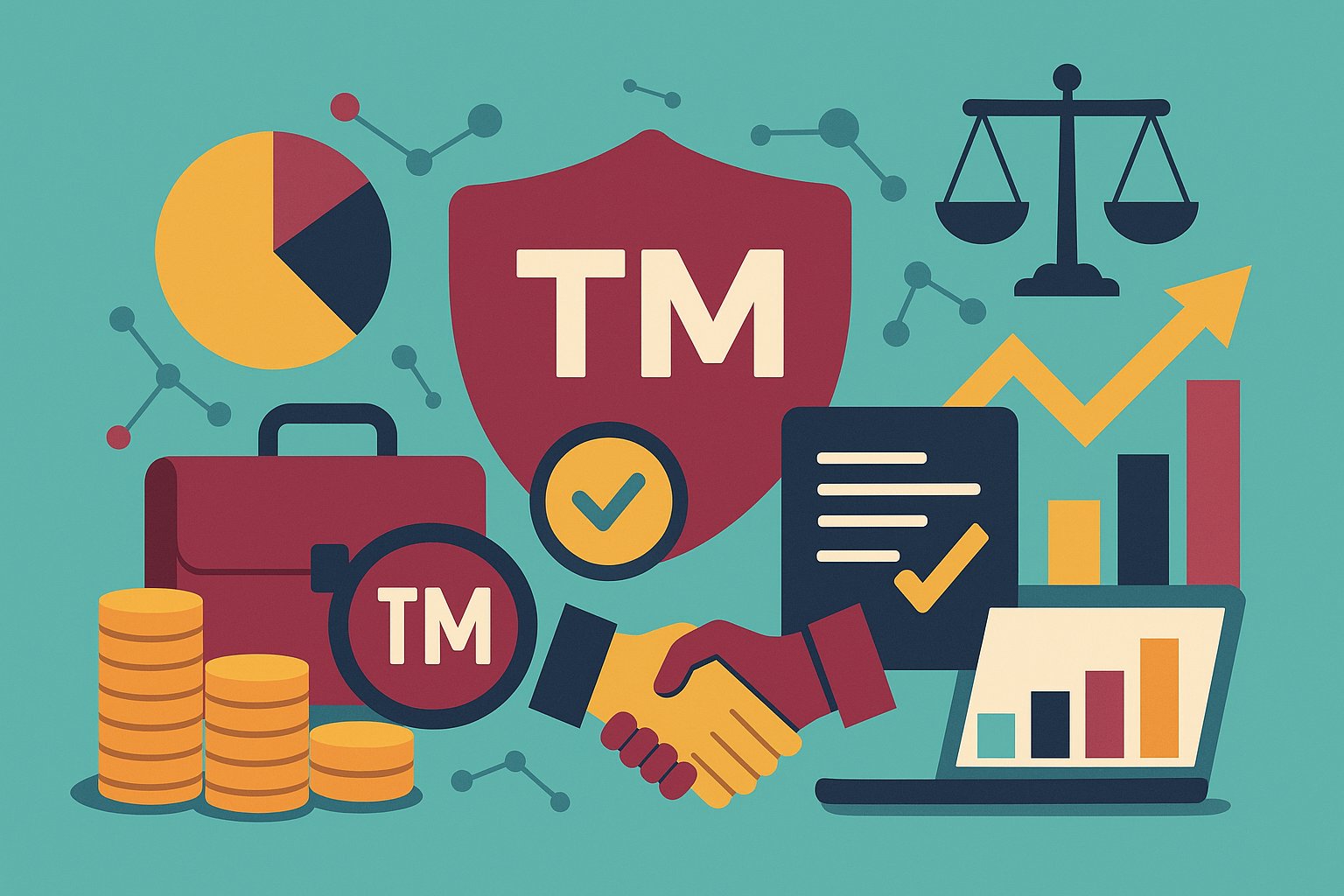Illuminating the Importance of Disclosure in Royalty Agreements
In the sophisticated world of intellectual property monetization, royalty agreements serve as the bridge between creative output and financial reward. Yet even the most meticulously negotiated deal can falter without clear disclosure provisions. Key disclosure requirements for royalty agreements empower licensors and licensees alike with the transparent, accurate information they need to calculate payments, measure performance, and safeguard their interests. By codifying what must be revealed, when, and how, disclosure clauses lay the foundation for trust, accountability, and long-term partnership success.
Why Full Transparency Fuels Long-Term Success
At its core, a royalty agreement depends on accurate measurement of revenue-generating activities. When parties commit to disclosing relevant data—sales figures, streaming counts, marketing expenses—they align expectations and reduce the risk of conflicts. Transparency mitigates misunderstandings around payment calculations and revenue definitions. It also deters underreporting and fosters a collaborative environment where each side can verify performance and projections. Ultimately, robust disclosure requirements transform royalty deals from transactional arrangements into strategic alliances grounded in shared visibility and mutual respect.
Defining the Financial Base: Sales and Revenue Disclosures
A fundamental step in crafting disclosure provisions is defining the financial base on which royalties are calculated. Does “net revenue” mean gross sales less returns and allowances, or will additional deductions apply? Are wholesale prices or retail prices the trigger for royalty payments? By articulating precise formulas and disclosure schedules—monthly, quarterly, or annually—agreements ensure timely, consistent reporting. Licensees commit to providing detailed statements that break down sales by product line, channel, or territory. This clarity protects licensors from ambiguity and lays the groundwork for accurate, on-time royalty payments.
Mapping the Usage Scope: Reporting Obligations Unveiled
Beyond raw financial metrics, usage disclosures illuminate how licensed assets are exploited. A music publisher might need streaming counts, download tallies, and synchronization placements. A software licensor may require active user metrics, subscription renewals, and embedding statistics. By spelling out which usage data must be reported—and in what format—agreements equip licensors with the contextual insights needed to gauge market penetration and emerging opportunities. These disclosures often dovetail with financial statements, creating a comprehensive view of both volume and value.
Empowering Verification: Audit Rights and Procedures
Even the most honest licensee can make errors in reporting without proper checks and balances. That is why key disclosure requirements often include audit clauses granting licensors the right to inspect books, ledgers, and digital records. Well-crafted audit provisions specify notice periods, permissible audit frequencies, cost allocations, and confidentiality safeguards. They also define procedures for addressing discrepancies—be it payment shortfalls or reporting omissions. By embedding these rights into the agreement, parties create a formal mechanism for validation and correction, ensuring accountability without resorting to costly litigation.
Geo-Disclosure: Territory-Specific Reporting Needs
Royalty agreements frequently span multiple regions, each with unique market dynamics and regulatory frameworks. Disclosure requirements must therefore reflect geographic segmentation, obligating licensees to provide sales and usage data by country, state, or distribution zone. This granularity enables licensors to evaluate regional performance, tailor marketing strategies, and detect potential breaches of territorial exclusivity. In some industries, such as publishing or pharmaceuticals, local pricing controls or reimbursement rules further complicate revenue calculations, making clear geo-disclosure provisions an indispensable part of effective royalty management.
Marketing Spend and Promotional Effort Transparency
Success in commercializing IP often hinges on marketing and promotional activities. As such, royalty agreements can include clauses requiring licensees to disclose their marketing budgets, campaign performance metrics, and customer acquisition costs. These disclosures allow licensors to assess whether promotional efforts align with agreed benchmarks and to determine if minimum promotional spending thresholds have been met. Transparent marketing disclosures bridge the gap between effort and outcome, giving licensors confidence that their partners are investing adequately to maximize the licensed asset’s potential.
Tracking Downstream Income: Sub-licenses and Affiliate Revenues
In complex ecosystems, licensees may sublicense rights to third parties or partner with affiliates who generate additional income streams. Without clear sub-license disclosure requirements, licensors risk missing out on revenue cascades that originate beyond the primary licensee relationship. Robust agreements obligate licensees to report all sublicensing revenue, affiliate fees, and pass-through royalties. This transparency ensures that downstream earnings—whether from sub-licensees, franchisees, or distribution partners—flow proportionally based on the overarching royalty formula, preserving the integrity of the economic arrangement.
Compliance with Tax and Regulatory Mandates
Disclosure requirements in royalty agreements extend beyond commercial data into the realm of legal compliance. Cross-border deals face withholding tax obligations, VAT or GST registration, and transfer pricing scrutiny. Licensees must disclose tax treatment of payments, withholding amounts, and any reimbursements or credits claimed. Regulatory disclosures may encompass export control certifications for technology transfers or compliance with industry-specific regulations in sectors like healthcare or finance. Clear mandates for tax and regulatory reporting not only protect licensors from unexpected liabilities but also ensure that both parties adhere to applicable legal frameworks.
Balancing Confidentiality and Public Disclosure
While transparency is vital for royalty calculations, licensors and licensees alike need to safeguard sensitive business information. Disclosure clauses must strike a careful balance: requiring sufficient data for audit and verification, yet protecting proprietary sales strategies, customer lists, and pricing models from unwarranted exposure. Confidentiality provisions dovetail with disclosure requirements by limiting access to authorized personnel, imposing non-disclosure obligations on auditors, and defining what information may be publicly shared—for example, aggregate sales figures without line-item detail. This dual approach ensures operational integrity while preserving commercial secrecy.
Digital Rights and Streaming Data Clarity
The rise of digital content platforms has introduced new dimensions to royalty disclosures. Streaming services, digital storefronts, and ad-supported channels generate vast troves of usage and revenue data. Royalty agreements should mandate detailed digital disclosures: stream counts per territory, ad impression metrics, digital download figures, and encryption or anti-piracy reporting. Moreover, dynamic pricing models and subscription bundles add complexity to revenue attribution, making precise disclosure protocols essential. By requiring standardized digital data exports—often in machine-readable formats—agreements enable licensors to harness analytics tools for real-time insights and strategic decision-making.
Milestone Payments and Conditional Royalties Explained
Some royalty agreements feature milestone or conditional payments that hinge on targets such as sales thresholds, regulatory approvals, or market entry dates. Disclosure requirements must encompass these milestones, obligating licensees to report progress against defined benchmarks and to trigger payment events accordingly. Clear definitions of conditions, deadlines, and documentation standards prevent disputes over milestone attainment. Whether a pharmaceutical licensor awaits FDA approval or a game developer targets download milestones, structured disclosure clauses ensure that conditional royalties are activated fairly and without ambiguity.
Extraordinary Events and Material Change Notifications
Markets are unpredictable, and force majeure events—natural disasters, pandemics, or geopolitical disruptions—can derail commercial plans. To account for such eventualities, royalty agreements often require licensees to disclose material adverse changes or extraordinary events that impact revenue generation. These notification clauses stipulate timelines for reporting, thresholds for materiality, and mitigation plans. By embedding this foresight into the agreement, licensors gain early visibility into potential revenue disruptions and can work collaboratively with licensees to adapt strategies, invoke hardship clauses, or renegotiate terms as circumstances evolve.
Consequences of Disclosure Breaches and Remedial Paths
Failure to comply with disclosure requirements can erode trust and expose parties to financial harm. Agreements must therefore articulate consequences for breach—late reporting, inaccurate statements, or audit obstruction. Remedies may include interest on unpaid royalties, penalty rates for delayed payments, or corrective audit procedures. In severe cases, material disclosure breaches can trigger termination rights or reversion of licensed rights. By clarifying the legal and financial fallout of nondisclosure, parties reinforce the gravity of transparent reporting and encourage proactive compliance.
Drafting Best Practices for Disclosure Provisions
Crafting effective disclosure clauses requires precision, foresight, and collaboration between legal and commercial teams. Use unambiguous terminology, defining key metrics and timelines. Incorporate examples or templates for financial statements and data formats to minimize interpretation gaps. Engage cross-functional experts—accountants, IT specialists, tax advisors—to vet disclosure mechanisms against real-world systems and regulatory requirements. Periodically review and update disclosure provisions to reflect changes in technology, market practices, or legal standards. By treating disclosure requirements as living components of the agreement, parties can sustain clarity and relevance throughout the term of the deal.
Harmonizing Disclosure with Performance Incentives
The most successful royalty agreements marry transparency with motivation. Disclosure requirements should feed directly into performance-based incentives—escalator clauses, bonus royalties, or profit-sharing triggers—so that licensees see the tangible benefits of accurate, timely reporting. When data flows smoothly, licensors can reward high performers and invest in joint marketing initiatives. This virtuous cycle reinforces best practices in disclosure while driving commercial growth. By aligning financial rewards with transparency, royalty agreements become dynamic tools for continuous improvement rather than static, compliance-driven documents.
Future Trends Shaping Disclosure Norms
As the global economy embraces digital transformation, disclosure requirements will continue to evolve. Blockchain-based royalty platforms promise immutable, real-time reporting of revenue and usage, reducing reliance on manual audits. Artificial intelligence and machine learning can identify anomalies or emerging market trends, prompting proactive disclosures. Regulatory developments—such as data privacy laws and international tax reforms—will impose new reporting obligations on licensees. Forward-thinking agreements will anticipate these shifts, embedding flexible mechanisms that accommodate novel data sources, automated compliance tools, and collaborative governance models.
Embedding Trust and Value Through Disclosure Excellence
Crafting and enforcing key disclosure requirements for royalty agreements is more than a legal exercise; it’s a strategic imperative that fuels transparency, accountability, and mutual growth. When licensors have confidence in the data presented and licensees understand their reporting obligations, both parties can focus on maximizing market potential rather than auditing discrepancies. By weaving robust disclosure provisions into every stage of the royalty lifecycle—from negotiation and drafting to performance monitoring and renewal—stakeholders build enduring partnerships that adapt to change, drive innovation, and realize the full economic value of creative and technological assets.
In an era where data is king and perception can make or break ventures, meticulous disclosure requirements are an indispensable blueprint for successful royalty agreements. Whether you’re a creator licensing your latest invention, a publisher distributing digital content, or a brand owner extending your IP into new markets, mastering the art of disclosure will elevate your agreements from paper contracts to living, thriving collaborations.




